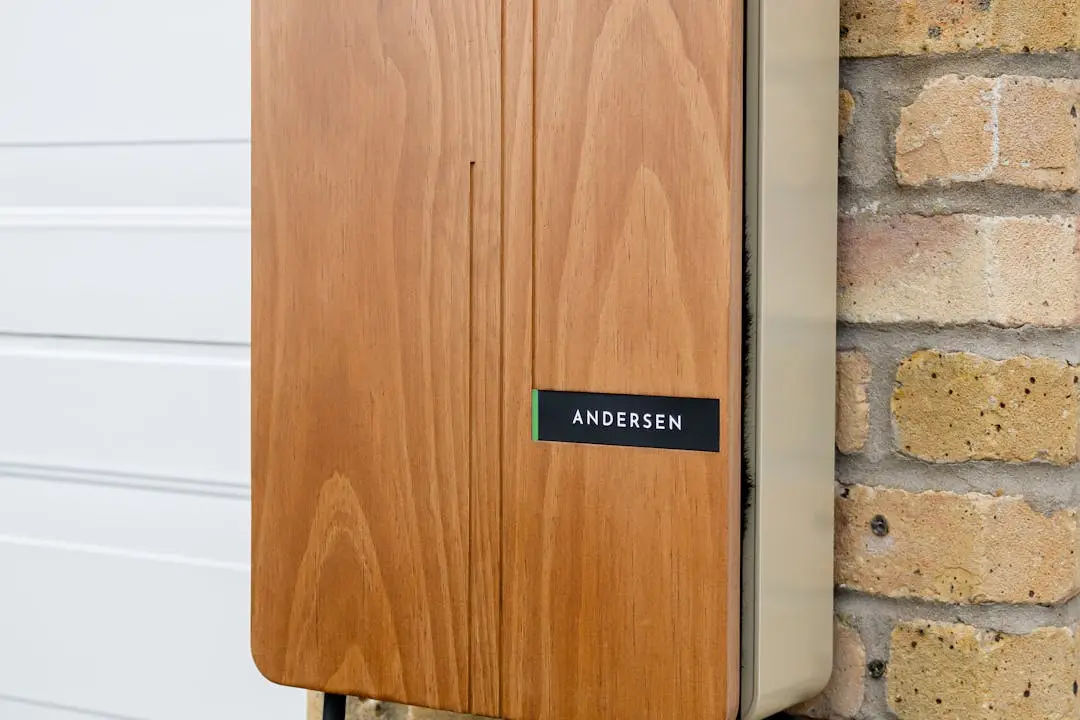
Have you ever wondered how to keep your electric vehicle (EV) charged up without heading to a public station? Charging your EV at home is not just easy; it’s often the most cost-efficient way to keep your car powered. Let’s dive into how you can make the most of it!
Understand Your EV’s Charging Needs
First things first—do you know what your EV needs? Different models have unique battery capacities and charging requirements. To find the right charger, check your car’s manual. Most EVs use either Level 1 or Level 2 chargers. Level 1 is a standard household outlet, while Level 2 is faster and requires a 240V outlet.
Types of Chargers
You might come across three types of chargers. Level 1 is the slowest, adding about 2 to 5 miles of range per hour with a regular outlet. Sounds slow, right? But it can work if you charge overnight. Level 2 is faster, giving you 10 to 60 miles of range per hour. You’ll need this for quicker charging at home.
Assess Your Home Electrical System
Now, let’s talk about your home. Does your electrical system have enough power to handle an EV charger? A typical Level 2 charger uses about 240 volts. You might need to call an electrician to check your panel’s capacity and ensure it’s safe for a new charger.
Consult a Professional
Sometimes you need upgrades, like adding a new circuit. This is where a licensed electrician steps in. They can make sure everything is safe and up to code. Trust me; you don’t want to play with electricity without help!
Choose the Right Charger
What type of charger do you want? If you prefer something simple, Level 1 chargers often come with your car. They plug into a standard outlet and require no installation. But if you want to charge faster, Level 2 might be for you.
Portable vs. Wall-Mounted
Do you want flexibility? Consider a portable charger you can move around. Or, a wall-mounted charger is great for convenience in your garage or driveway. Some smart chargers even connect to Wi-Fi, allowing you to schedule charging during cheaper off-peak hours.
Install the Charger
Now that you’ve chosen a charger, it’s time to get it set up. Level 1 is easy; just plug it in. But for a Level 2 charger, you’ll need professional installation. Costs usually range from $500 to $2,000, depending on your home setup.
Placement is Key
Where will you charge your EV? Ideally, the charger should be near where you park. Make sure the cable can easily reach the car’s charging port. Also, check if you need any permits for installation—better safe than sorry!
Charge Your EV
Ready to start charging? Simply connect the charger to your car’s charging port. Make sure it’s snug. Most chargers automatically begin charging when they’re plugged in. You can monitor your progress on your car’s display or through an app.
How Long Does Charging Take?
Charging time varies by charger type. Level 1 can take 8 to 20 hours for a full charge. That’s quite a bit of time! Level 2 is faster—typically taking 4 to 10 hours depending on your vehicle. Imagine waking up to a fully charged car each morning!
Safety Tips
Let’s not forget safety! Keep the charging area dry and free from clutter. Using the charger provided by the manufacturer ensures safety. It’s also wise to inspect your charger and cables regularly for any wear or damage.
Avoiding Hazards
You might be tempted to use an extension cord for convenience, but avoid this unless it’s recommended by the manufacturer. Extension cords can lead to safety risks, so it’s better to stay cautious.
Cost Considerations
Charging your EV at home can save you money. Level 1 chargers usually come free with the car. Level 2 chargers cost between $300 and $1,000, not counting installation costs.
Understanding Electricity Costs
What about the cost of electricity? Charging at home is often cheaper than using public charging stations. Depending on where you live, it might cost between $0.10 to $0.30 per kWh. Charging a typical 60 kWh battery could cost you anywhere from $6 to $18 for a full charge.
Additional Tips
Want to save even more? Consider charging during off-peak hours—usually nighttime—when rates drop. This simple shift can make a noticeable difference in your electric bill.
Read: Top Electric Cars in India
Battery Maintenance
To keep your battery healthy, stick to manufacturer guidelines. Try not to let your battery drop below 20% or charge it to 100% all the time. It might sound easy, but these steps can prolong your battery’s life!
Conclusion
Charging your EV at home doesn’t have to be complicated. With a little planning and the right equipment, you can easily keep your vehicle powered. From understanding your charging needs to ensuring safety, each step is crucial. Now, you’re equipped to charge at home like a pro. Enjoy the ride!
Leave a Reply